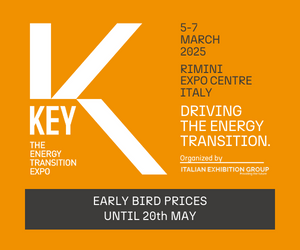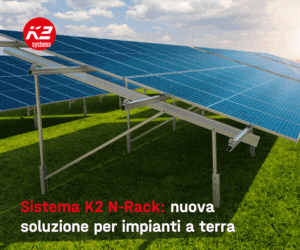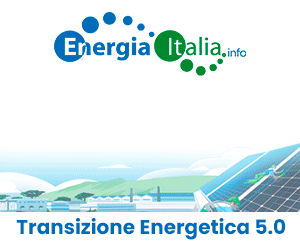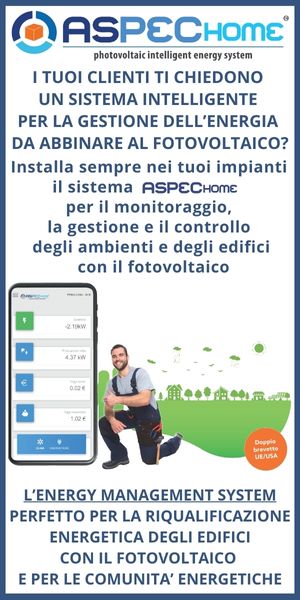The Group of Photovoltaic and Optoelectronic Devices (DFO) at the Universitat Jaume I in Castelló, led by the professor of Applied Physics Juan Bisquert, together with researchers from the prestigious University of Oxford, have created and characterized a photovoltaic device based on a combination of titanium oxide and graphene as charge collector and perovskite as sunlight absorber. The device is manufactured at low temperatures and has a high efficiency.
The results of this study were recently published in Nano Letters, a prestigious scientific journal with an impact factor of 13,025, which leads the dissemination of news in all branches of the theory and practice of nanoscience and nanotechnology. The article is the result of the research work carried out the last year by the Group of Photovoltaic and Optoelectronic Devices on a topic of high impact within the scientific community of photovoltaic solar cells based on solid pigments with perovskite structure.
This scientific work has combined new and promising materials based on perovskite structure, which absorb sunlight very effectively, with graphene, a material that arouses most interest today for its properties, versatility and low cost. Graphene is a material consisting of carbon monolayers. Its use has generated huge expectations in new advanced technologies, such as high-performance lithium batteries, electronics, video screens and technological applications.
The paper presents a record of efficiency of a solar cell with grafene of 15,6%. This efficiency exceeds that obtained by combining graphene with silicon, which is the photovoltaic material par excellence. This development is a new milestone for the spectacular progress of perovskite solar cells, in which the research group at the UJI has made pioneering contributions.
The researchers Eva Barea, Iván Mora and Juan Bisquert have explained that the new device consists of several layers processed at temperatures below 150°C. They have also highlighted the importance of this study for the field of photovoltaic energy because they have obtained a high degree of efficiency. Besides, the device is manufactured at low temperatures, thus facilitating its large-scale manufacturing in industry.
In turn, this fact means lower production costs and the possibility of using it in devices based on flexible plastics.
(Reprinted from materials provided by Universitat Jaume I in Castelló)



.jpg)

























